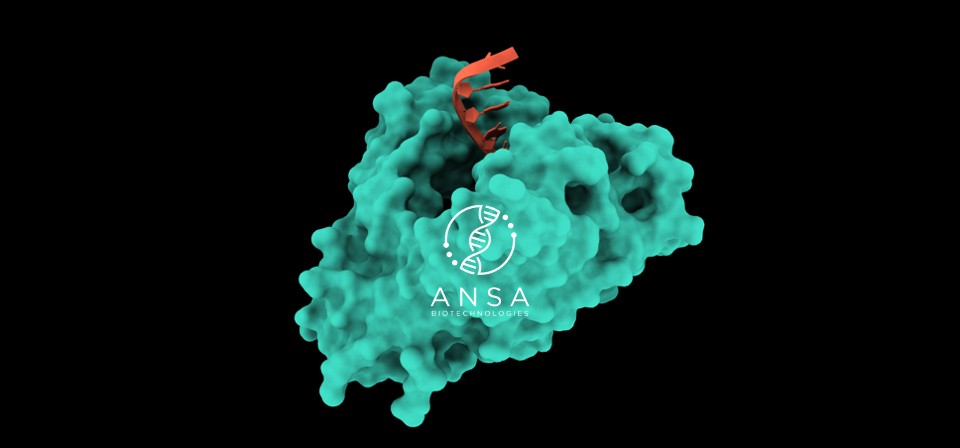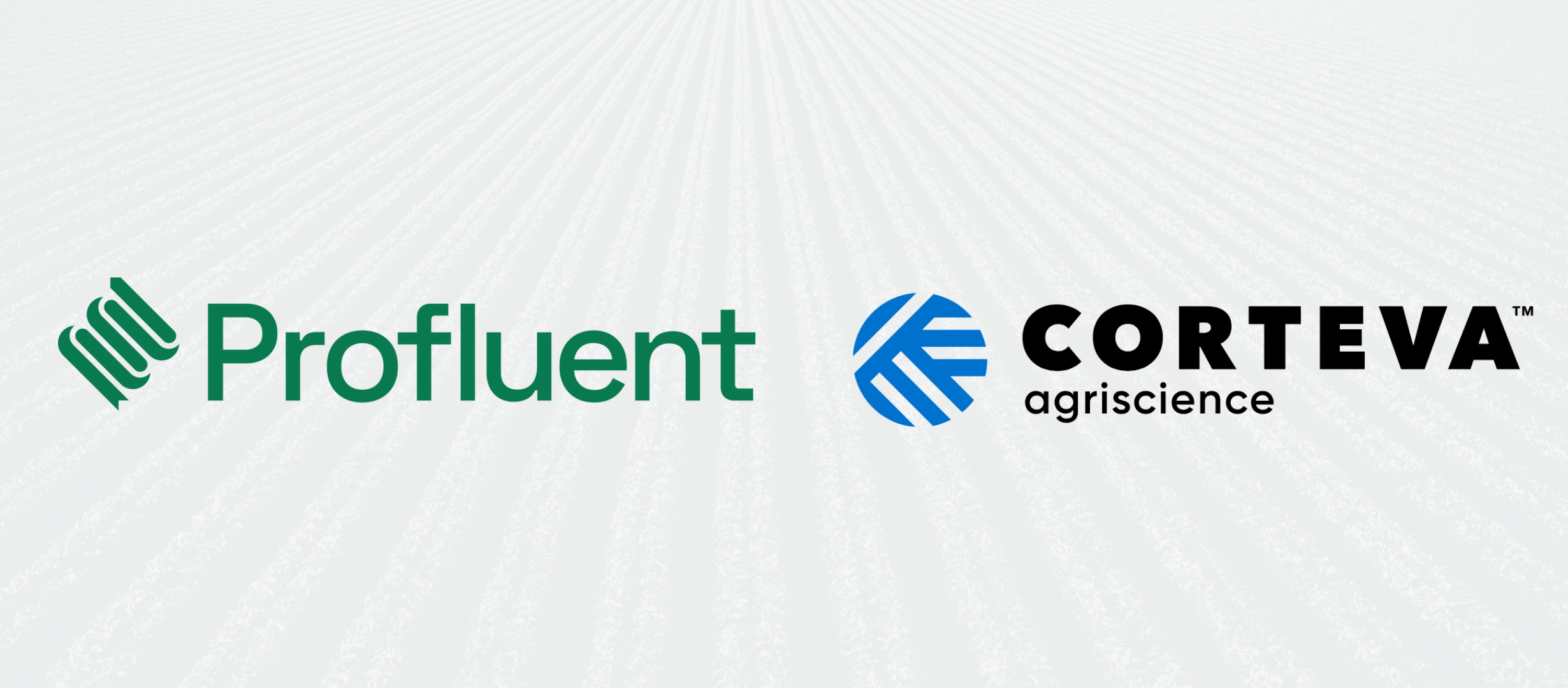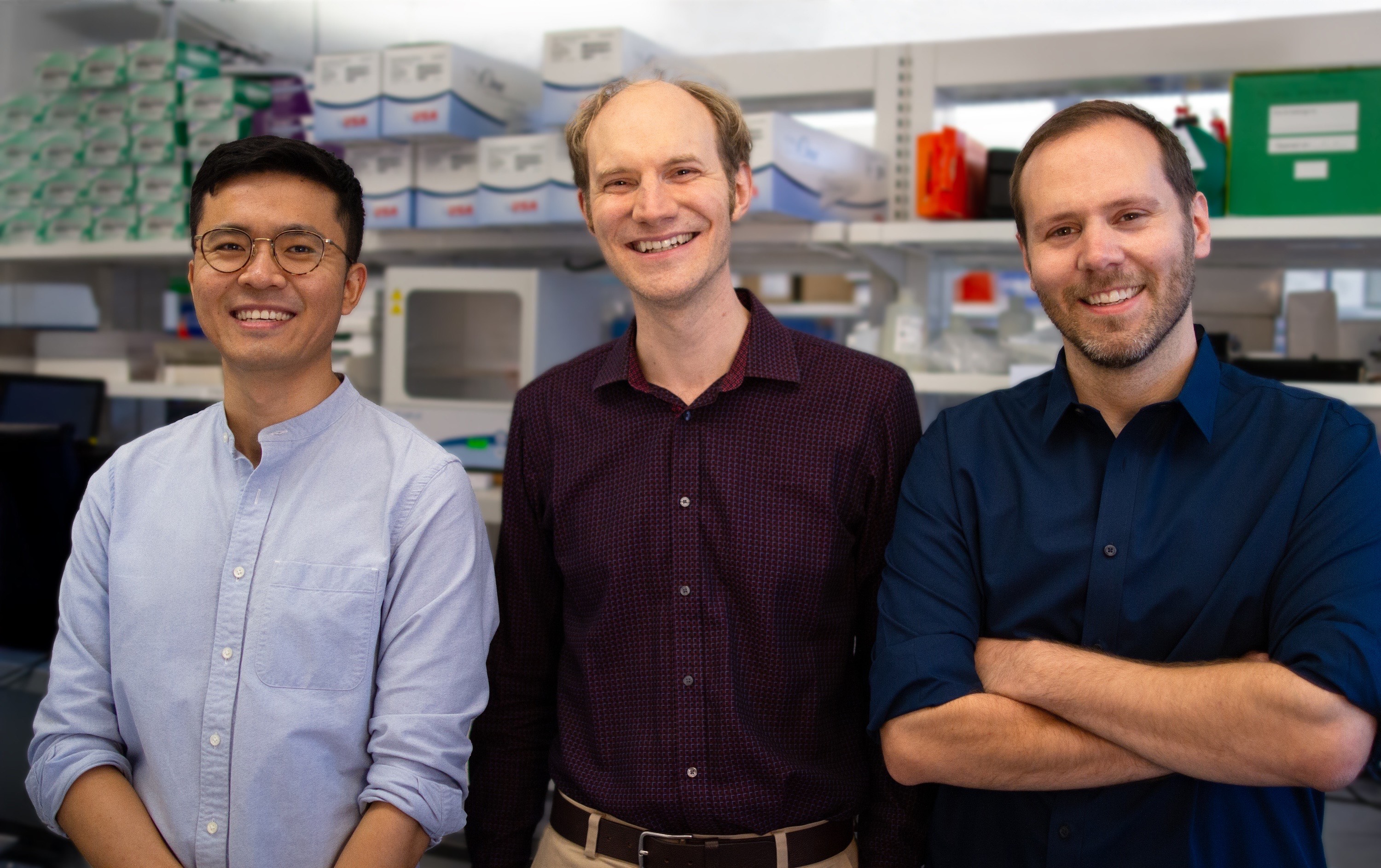What the F@$! is Synthetic Biology?
The absence of an accepted definition of synthetic biology is often characterized as a major problem facing the field, specifically when discussing regulation. After all, if regulators could corral these seemingly abstract things labeled as synthetic biology into one tidy little pasture, then they could identify technologies they're tasked with overseeing. Meanwhile, companies currently in hot water over their proprietary definitions would have a solid foundation to build upon and could avoid controversy. However, arriving at an all-encompassing definition will be difficult, as even researchers within the field have developed similar but varying definitions of the term "synthetic biology".
That got me thinking. What is the value of having a definition for a field as broad and boasting as many diverse applications as synthetic biology, and what problems will we encounter if we set out to apply a laser-focused definition? I had some ideas, but was curious about other answers to that question and opinions within the larger conversation. So over the past two months I've reached out to leading voices within the field to see if it was valuable or even possible to have a definition at all.
How should we define synthetic biology?
Some experts thought that it was at least partially accurate to define synthetic biology as a continuum of traditional genetic engineering/altering genetic material. Some disagreed since traditional genetic engineering isn't really engineering at all, while synthetic biology actually utilizes engineering principles to design with biology -- a capability that humans are only beginning to harness. It's similar to how cars replaced horses in the broader transportation industry, but weren't necessarily enabled by or built upon the latest advances in horse-drawn carriages. Whether or not it's a continuum or a more subtle, longer-term trend, everyone agreed that it would be challenging -- perhaps impossible -- to neatly define synthetic biology.
Unfortunately, many genetically modified products and technologies are now thrown under the synthetic biology umbrella, as are products and technologies not typically associated with traditional genetic engineering. Is there a practical way to distinguish synthetic biology from traditional genetic engineering? Well, we could focus on the fact that it's more accessible, complex, precise, and predictable/standardized; but if it simply becomes the new standard in biology then what happens to older yet similar terms (from a language standpoint in the minds of a layperson) such as "genetic engineering" or "biological engineering"? Do they evolve into synthetic biology or does synthetic biology get tossed aside in favor of more traditional nomenclature? Maybe one day we'll just say "biology" -- completely forgetful of a time when we couldn't design it predictably.

SynBioBeta London 2014 keynote speaker Timothy Gardner speaks about engineering biology. Image source: SynBioBeta/ Photo by Hannah Lucy Jones.
The latter may not be such a bad thing considering few people in the field actually like the word "synthetic", which is loaded with negative connotations and easily seized upon by the field's detractors. While we're pretty much stuck with it at this point, we cannot have the discussion within this article without acknowledging how the term came to be in the first place. In the 1990's Tom Knight, then an electrical engineer at MIT, began developing the idea of standardizing biology after seeing inevitable parallels between advances in transistors and biology. In the next several years the fledgling idea was further developed and expanded by Drew Endy (a civil engineer) while at MIT and Rob Carlson (a physicist) and Roger Brent from the Molecular Sciences Institute in Berkeley, California. It may now be a historical footnote, but the new field was first given the name "intentional biology", defined by Carlson in 2001 as follows:
When we can successfully predict the behavior of designed biological systems, then an intentional biology will exist. With an explicit engineering component, intentional biology is the opposite of current, very nearly random applications of biology as technology.
This new field of more quantitative and more predictable biology would clearly be different from the "biological engineering" or "genetic engineering" at the time, but while a truer representation of those terms it needed a name of its own to note the distinction. Unfortunately, after the term "intentional biology" was proposed it didn't take long to attract the ire of life sciences researchers. While Carlson and Brent meant that truly predictable biology wouldn't come with unintended functionality, researchers thought the two were implying their work was unintentional. Thus, at a Nature cocktail party in San Francisco in 2001, Carlos Bustamante of University California, Berkeley nudged Endy and Carlson to use the term "synthetic biology" instead, which wasn't exactly inaccurate, but it wasn't exactly meant to carry the baggage it does today, either. It's a story that doesn't get told enough, but that's actually why we call it synthetic biology.
It's important to note that, similar to Juliet's rose, synthetic biology could have easily been called "constructive biology" or "tailored biology" or "(whip out your thesaurus and put an adjective here) biology". Essentially, the difficulty in defining the field today stems from decades of confusing terms (biological engineering vs. genetic engineering vs. synthetic biology) within the life sciences -- each with distinct definitions only truly understood by researchers but deceivingly similar to most others.
Nomenclature aside, the idea of standardizing biology isn't as crazy in 2014 as it sounded when Knight first began developing the idea. We have BioBricks and iGEM. We have well over 100 companies innovating within the field. We now wield a promising collection of ideas and technologies to actually begin designing with biology in a (more) predictable manner -- even relatively cheaply in a garage. What we don't have is an all-encompassing definition.
Why should we define synthetic biology?
While not having an exact definition probably won't affect your day-to-day operations as a company, it does affect the work of regulators conducting risk assessment analyses. Unfortunately, developing a definition gets messy when existing laws and emerging (and future) technologies are thrown into the mix. Will current laws governing biotechnology suffice for regulating synthetic biology, provide a general framework, or need to be overhauled completely? What technologies, if any, fall outside of current legislation? Which regulations need to be amended and how often? Where do we draw the line on which technologies to include in the definition and which to exclude?
And there's the problem (a real problem) that supersedes the "problem". By demanding a definition that covers a field as diverse as synthetic biology, we risk drawing lines and saying, "We'll include this technology or organism, but not the current form of that technology or organism" and so on. This demonstrates how the potentially rigid expectations of oversight and regulations are at odds with the flexibility and swift evolution of an emerging field.
At what point is genome editing different from previous versions of itself or prior technologies aimed at curing diseases at the root of the biochemical cascade within a human cell? Do we draw the line at two altered genes, or 20? If so, what do we call future therapies that alter entire chromosomes -- or genomes -- that build upon our current and unfolding understanding of the technology? Is that super synthetic biology? A similar problem emerges with optimized organisms. Do we draw the line once we introduce 10 new genes or 100, 1% of a genome or 10%? It seems a bit silly to make these determinations with something as complex as biology, which is why a broad definition is best.
A working definition
Good news for regulators: a broad definition seems to be at hand. The Scientific Committee on Health and Environmental Risks of the European Union recently released a preliminary opinion (link opens PDF) on the definitions of synthetic biology and proposed a broad working definition, in addition to inclusion and exclusion criteria. It took only 62 pages to arrive at the following working definition based on nearly three dozen definitions from around the world:
Synthetic biology is the application of science, technology, and engineering to facilitate and accelerate the design, manufacture, and/or modification of genetic materials in living organisms to alter living or non-living materials.
The proposed definition is meant to cover various concepts including standardization, modularization, and refactoring as well as tools such as bioCAD software, metabolic engineering, xenobiology, and automated cloning. It's geared towards risk assessment and, as currently proposed, "has the advantage that it does not exclude the application to synthetic biology of the relevant and large body of risk assessment and safety guidelines developed over the past 40 years of ". In other words, current regulations covering biotech will suffice for synthetic biology applications. In fact, they're being regulated by those laws today and have been since they first emerged.
Why is this definition a step in the right direction (admittedly, it could have concluded much worse)? A broad definition doesn't draw lines and allows room to regulate biology as technology on a case by case basis. Remember, regulation isn't about stamping "SAFE" on a given technology and throwing it out the door for the free market to consume. Nothing is completely safe; all regulators and private industry can do is characterize and minimize risk. Engineered pig embryos that could spell the end to lung transplant waiting lists for humans (xenobiology, health care product) come with a different risk profile than a microbe engineered to clean up environmental contamination from our blunders (metabolic engineering, environmental release) -- and each will be evaluated within a unique context despite fitting under the broad definition of synthetic biology.
So…uh…what the f @$! is synthetic biology?
Although it gets characterized as an important issue within the field, the lack of a fine-tuned definition for synthetic biology shouldn't become a distraction to innovation from a regulatory or entrepreneurial standpoint. A broad definition works best for risk-assessment, which is exactly what regulators consider when evaluating new technologies. We shouldn't stress over the "synthetic" part, since the field could have been known by several other names with less negative connotations. We also shouldn't associate a broad definition with chaos, but instead celebrate its beauty. The enhanced biological toolbox called synthetic biology enables a myriad of novel applications that promise to improve everyday life in ways we could only turn into a movie script just two decades ago. Do you think that's chaotic or beautiful?



.svg)






.png)



.jpg)

.gif)